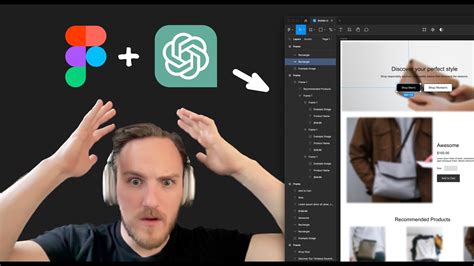Artificial Intelligence has made profound strides in recent years, with applications ranging from medical diagnosis to financial automation. Yet, one area where AI’s influence remains both promising and deeply controversial is in the realm of creative design. A perfect case in point is the recent uproar involving Figma, a leading collaborative design platform, whose AI-powered app design tool was found to have replicated Apple’s Weather app almost exactly. This incident sheds light on the broader ethical and legal challenges that arise when AI intersects with creative industries.
One of the fundamental issues underlying this controversy is the nature of AI training itself. As user soloist11 pointed out, AI systems often rely on vast amounts of user data for ‘self-supervised’ training. This data is collected with advanced machine learning techniques designed to improve the AI’s capabilities continuously. In the case of Figma, if the training dataset included images or designs resembling Apple’s Weather app, it isn’t surprising that the AI would reproduce similar elements. This incident raises the question: can AI-generated designs truly be considered original if they are essentially mosaics of pre-existing work?
Beyond the legal frameworks, there’s the question of the economic and social impact of such technologies. Commenter roenxi astutely compared this situation to the battle against torrenting and piracy, suggesting that those concerned with the ethics and originality in AI-generated content may inevitably lose out to economic forces. If large corporations can replicate intricate designs with minimal effort and cost, traditional artists and designers might find it increasingly difficult to protect their intellectual property. This reality was also eloquently captured in tivert’s comment about ‘technopoly,’ where all elements of creative and professional work become subservient to technology.
Figma is not alone in this ethical quagmire. Other tech giants have also faced backlash for similar issues. olooney highlighted how companies like Perplexity and OpenAI have found themselves in hot water for integrating uncredited work into AI-generated content. There are even extremes where AI models have appropriated an artist’s distinctive style, skirting the edges of copyright law but remaining in a gray area that makes it challenging to enforce existing regulations. With AI’s ability to mimic, it becomes nearly impossible for the end-user to recognize whether a design or piece of work is an original or a duplicated creation.
The discourse around AI’s role in app design and other creative fields must evolve to balance innovation with ethical considerations. While advanced AI can streamline tasks and democratize creative tools to some extent, it is crucial to ensure that originality and human creativity aren’t casualties in the pursuit of technological advancement. The comments underlining this point in our discussion illustrate the necessity for a new ethical framework and legal precedents to govern the use of AI in creative domains. It serves as a stark reminder that as AI becomes more integrated into our professional and personal lives, we must remain vigilant in preserving the very essence of creativity and intellectual property.


Leave a Reply